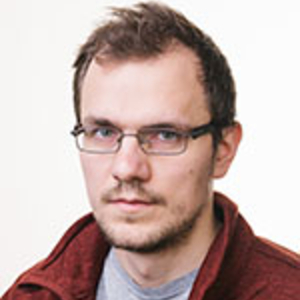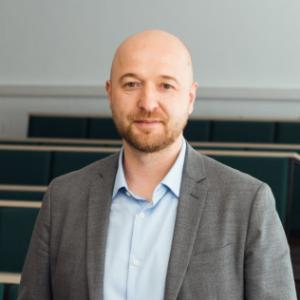Study
The aim of the course is to provide a general overview as well as some specific details of solving different problems in the area of nano-optics and electrodynamics with commercial software packages “CST Microwave Studio” and “Comsol Multiphysics”.
area of nano-optics and electrodynamics with commercial software packages “CST Microwave Studio” and “Comsol Multiphysics”.
The program of the course focuses on such basic problems in nano-optics as
- calculation of eigenmodes of optical waveguides, optical resonators, including open resonators, and various periodic nanostructures;
- calculation of scattering properties of nanoparticles, resonators and metasurfaces under external far-field excitation;
- calculation of emission properties of dipole sources placed near optical nanoantennas, waveguides and cavities.
Part of the problems are solved in both CST and Comsol packages, which provides an opportunity to compare them in terms of simplicity of the construction of numerical models, speed and accuracy of the obtained results, and also qualitative difference between the programs. The physics of the considered problems is discussed in other courses, which, on one hand, helps to focus on the aspects of numerical simulation itself, and on the other hand, to improve the understanding of the physical essence of the considered problems during the process of modelling.
In order to successfully finish the course, students need to solve by themselves several problems on the considered topics and to perform an accurate simulation of the resource-consuming task based on one of the suggested papers.
1. Plane-wave scattering at planar interfaces. Reflection and transmission of a plane wave from a single planar interface between two isotropic dielectric media or a parallel dielectric plate.
2. Optical waveguides. Calculation of eigenmodes and their excitation.
3. 1D and 2D photonic crystals: calculation of band structure; calculation of transmission and reflection from a PhC slab.
4. Scattering of light by nanoparticles (dielectric particles, plasmonic particles, microresonators).
5. Dielectric gratings and grating couplers, excitation of guided modes with gratings.
6. Coupling of dipoles to nanoantennas, waveguides, and cavities.
7. Metasurfaces and multipole decomposition to control the propagating waves.
8. Multiphysics aspects: calculation of heat transfer and second harmonic generation. Integration with Matlab.
Final mark is based on the results of the work during the semester.
5 - Completed and passed no less than 12 tasks, and defended course work.
4 - Completed and passed 12 tasks (of 16) OR Completed and passed 12 tasks (of 16) and defended course work.
3 - Completed and passed 8 tasks (of 16).
n/a - Completed and passed less than 8 tasks (of 16).


